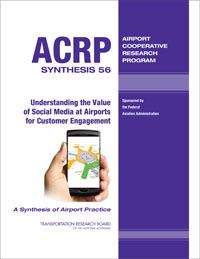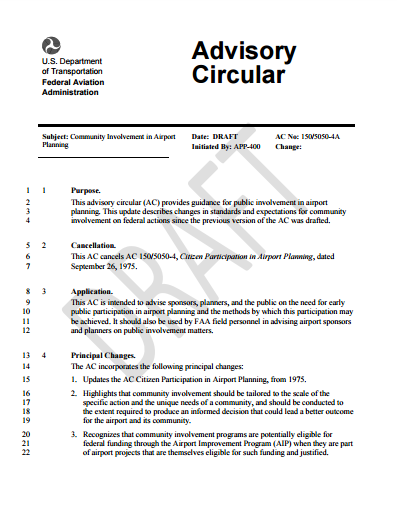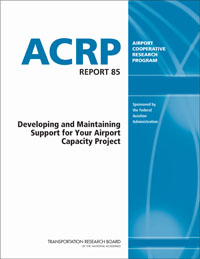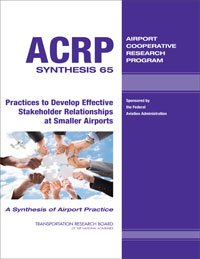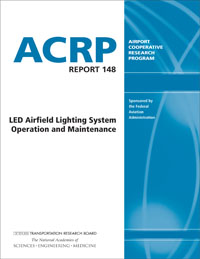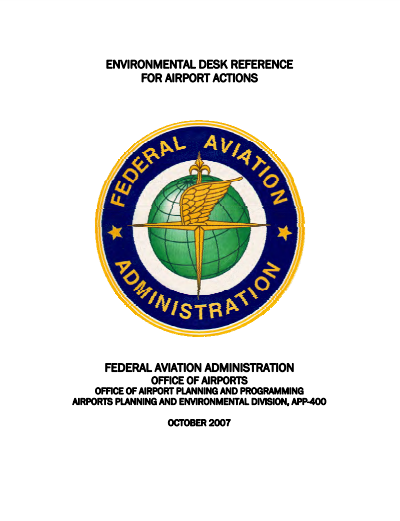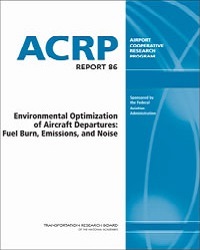ACRP Report 86: Environmental Optimization of Aircraft Departures: Fuel Burn, Emissions, and Noise
Abstract
Airport operators use noise abatement departure procedures (NADPs) to minimize the impact of noise on surrounding communities; however, while decreasing noise impacts, these procedures may result in other adverse environmental and operational effects. Possible effects include increased fuel burn, increased air emissions, and reduced airport capacity. In turn, reduced capacity can result in travel delays, especially during adverse conditions. With the advent of quieter aircraft and improved modeling capabilities, there is an opportunity to re-evaluate NADPs to take into account potential environmental effects and fuel consumption while continuing to minimize noise impacts on surrounding communities. ACRP Report 86 was conceived in response to this opportunity, with the objective of creating a protocol for evaluating and optimizing aircraft departure procedures in terms of noise exposure, emissions, and fuel burn. This research concludes that, although noise, emissions, and fuel burn are often thought to increase or decrease in opposite directions, this is not always the case. In fact, depending on a variety of factors that include ground tracks, flight profiles, aircraft type, and nearby population, simultaneous reductions in noise, emissions, and fuel burn can be achieved.
